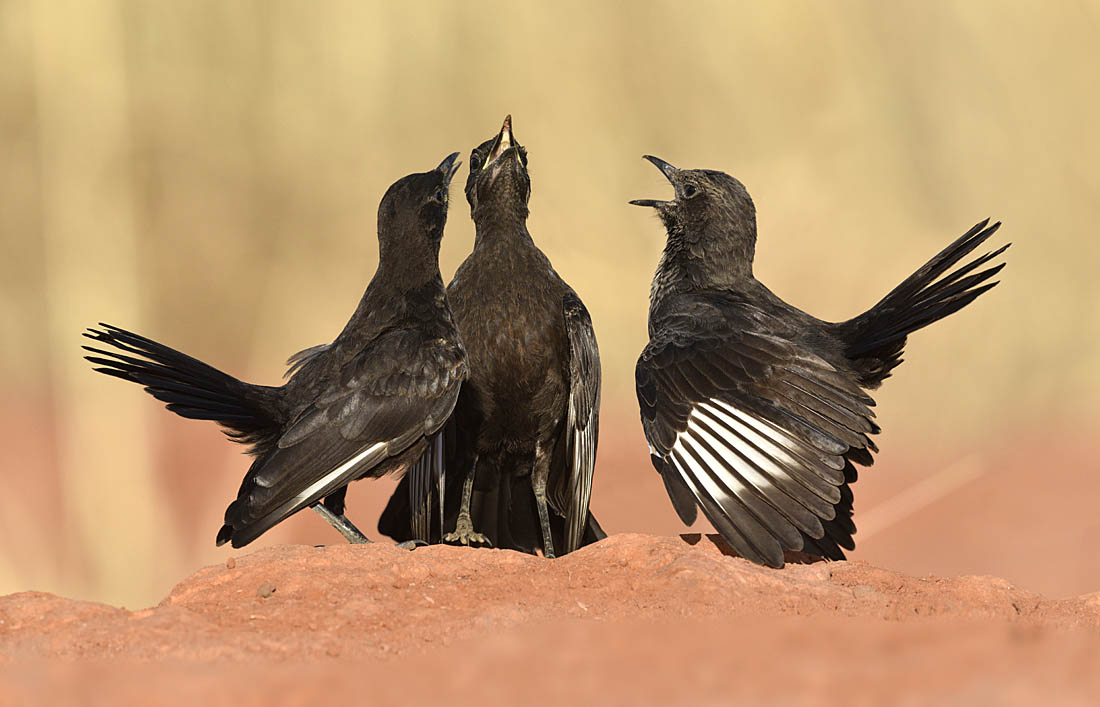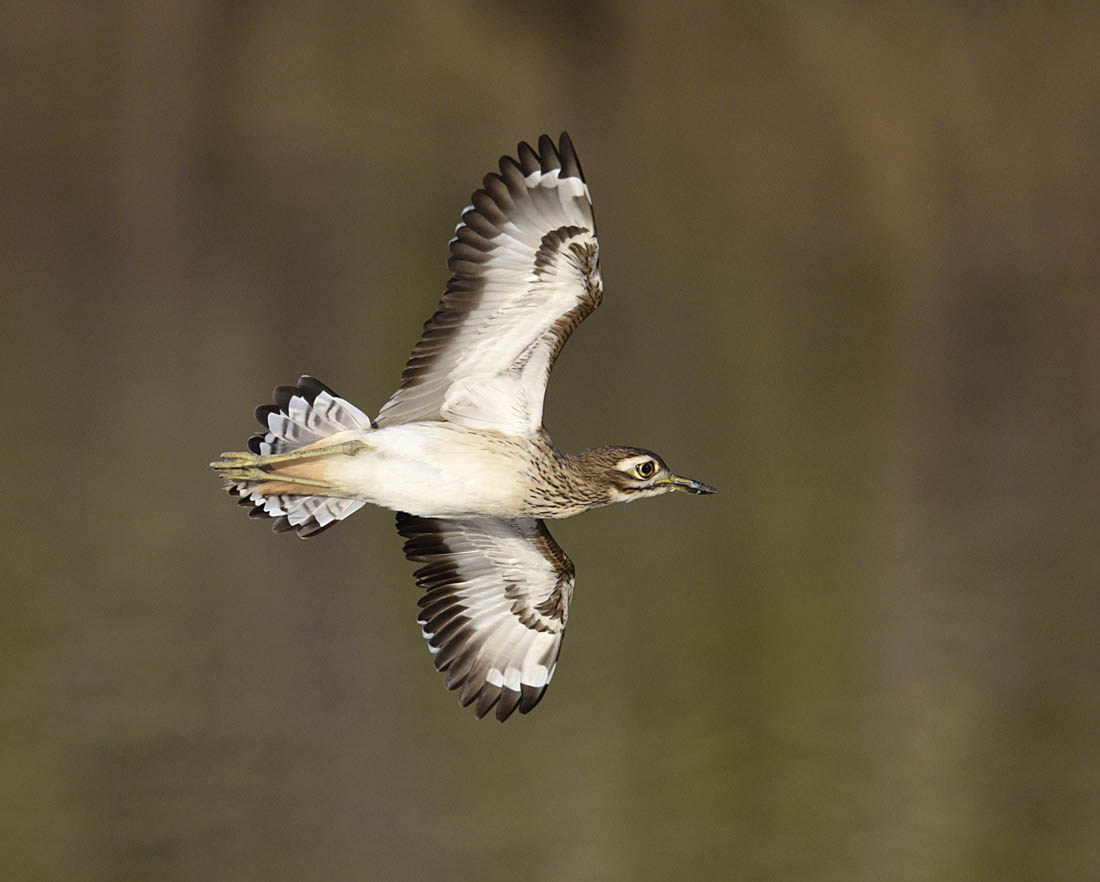Gambia Revisited
Paul Sterry
After a gap of 26 years I paid a return visit to The Gambia earlier this year. It’s not often that you return to a place that holds fond memories without an occasional pang of disappointment. But this time the opposite turned out to be true: 21st Century Gambia is even more ‘birdy’ than I remember, cleaner, and more organised in terms of infrastructure, information and guides.
For those who have not visited The Gambia it is a tiny West African country that straddles the eponymous river and is embraced by its much larger neighbour Senegal. It represents a benign introduction to African birdlife with the added benefit that a surprising number of the species are tame or at least indifferent to people. For such a small country, a wide range of habitats are represented from coastal mangroves and open sea, to freshwater wetlands, arid sahel scrubland, savannah grassland reminiscent of East Africa and lush tropical forests. Extensive agricultural land adds variety to the mix.
Like most visitors I spent time on the coast and visited most of the usual sites frequented by birding visitors. Guided and assisted by the very capable Karanta Camara (President of the Bird Watcher’s Association of The Gambia) I also spent time ‘up-country’ on the north side of the River Gambia at Morgan Kunda Lodge. Set in the heart of a rural community, this is a splendid place to be based and has the potential to become the ‘go-to’ location for serious and casual photographers alike seeking a taste of rural Africa.
The Northern Anteater-chat Myrmecocichla aethiops is associated with termite mounds and lives in family groups, members of which interact with one another in faintly comical ways. These birds were photographed near Morgan Kunda Lodge.
Abyssinian Ground-hornbill Bucorvus abyssinicus is a speciality of Gambia’s scrubby sahel habitat. It is relatively easy to see in the vicinity of Morgan Kunda Lodge.
Senegal Thick-knee Burhinus senegalensis is locally common in suitable habitats – usually where wetlands and agricultural fields abut one another. Compared to its shy European cousin, the Stone-curlew, these thick-knees are relatively bold.
Across its African range the Hooded Vulture Necrosyrtes monachus is a species in decline as a result of intentional and unintentional poisoning, persecution and the like. Along the coastal strip of The Gambia it remains common for the moment, and the feeding station at Kotu Creek is a great place to see birds up close and personal.
The African Harrier-hawk Polyboroides typus is one of the most conspicuous raptors in The Gambia and is particularly evident where light woodland sits alongside arable fields and rice paddies.
A distant relative of woodpeckers, the Yellow-fronted Tinkerbird Pogoniulus chrysoconus is found in Acacia woodland.
A Hooded Vulture Necrosyrtes monachus coming in to land at the Kotu Creek feeding station.
Despite being common, the Speckled Pigeon Columba guinea is worth a second look if only to admire its subtly beautiful plumage.









